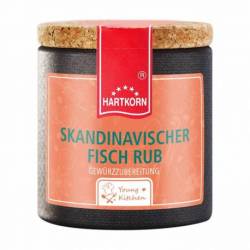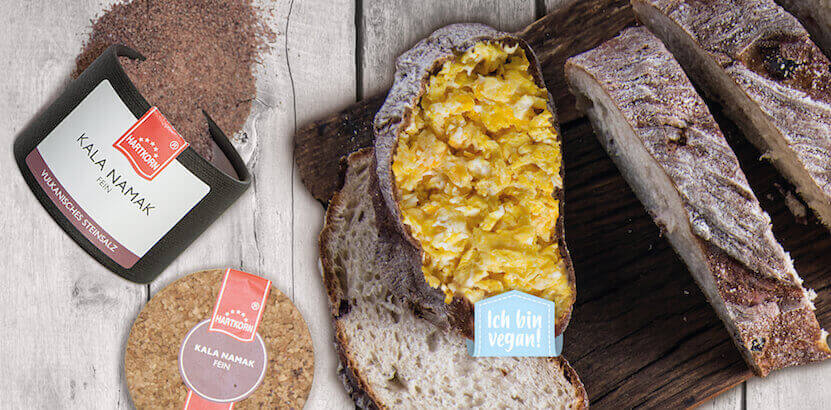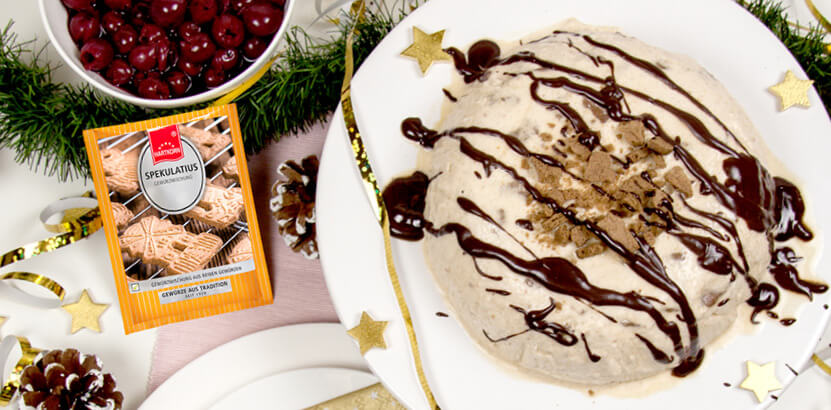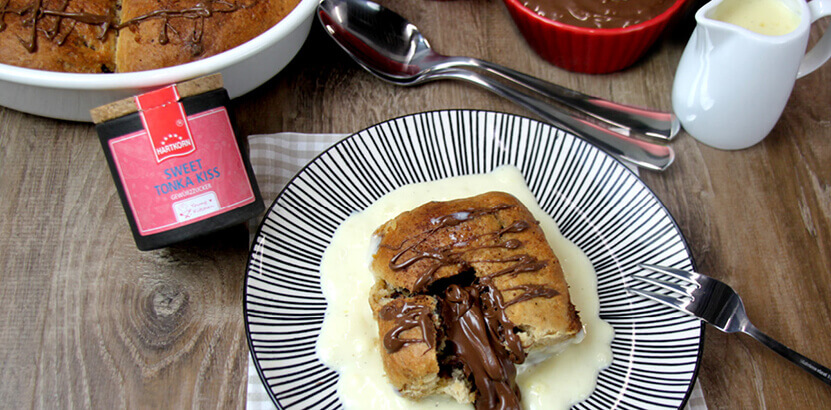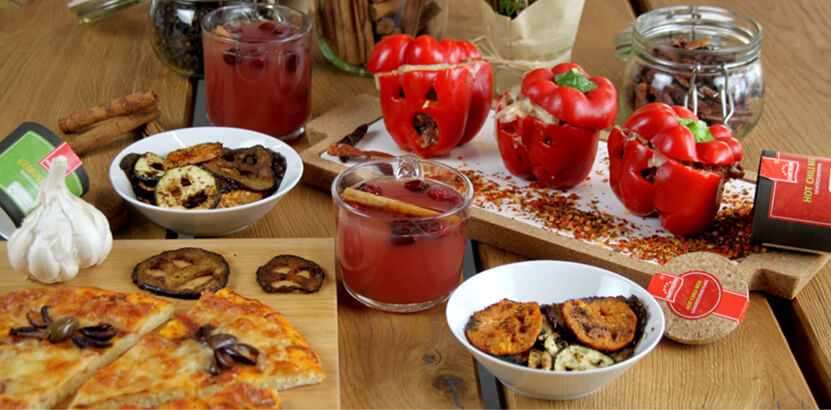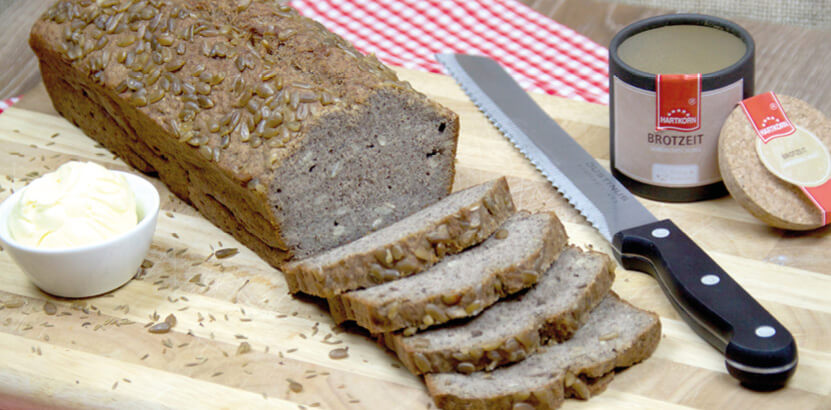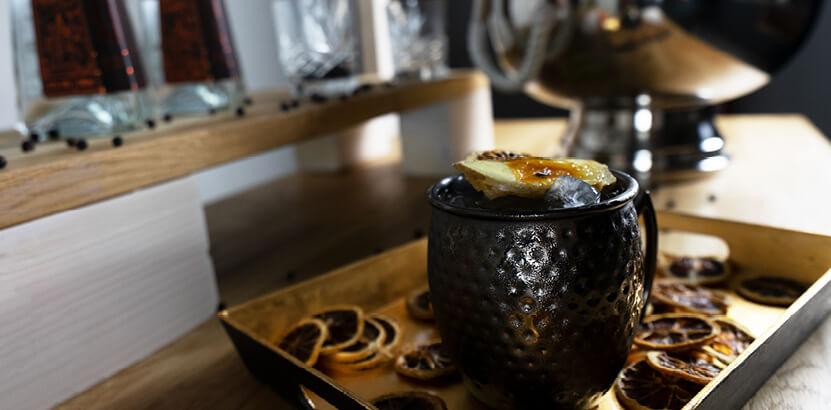Scandinavian cuisine is considered seasonal, as it uses local and seasonal vegetables, mushrooms, soft fruit and regional fish and crabs. It is traditionally characterized by the long and cold winters, which is why a good stockpiling, especially the preservation of food, was vital for the residents of the Scandinavian countries.
The countries of Scandinavia are surrounded by rivers, lakes and seas. Fish dishes are therefore particularly popular. This geographical situation brought plenty of exotic spices to the far north at the time of the Vikings, such as cloves, vanilla and chilli. However, they have had little impact on the eating habits of the population, as they place great emphasis on maintaining the natural taste of the ingredients when preparing their dishes. However, domestic herbs such as parsley, horseradish and dill are widespread, which in turn is a sign of special attention to regionality. Dill, parsley and horseradish in particular are very familiar spices and herbs when combined with fish. Nevertheless, some exotic spices such as anise, cardamom, mustard and cinnamon are also used in traditional Scandinavian cuisine.
